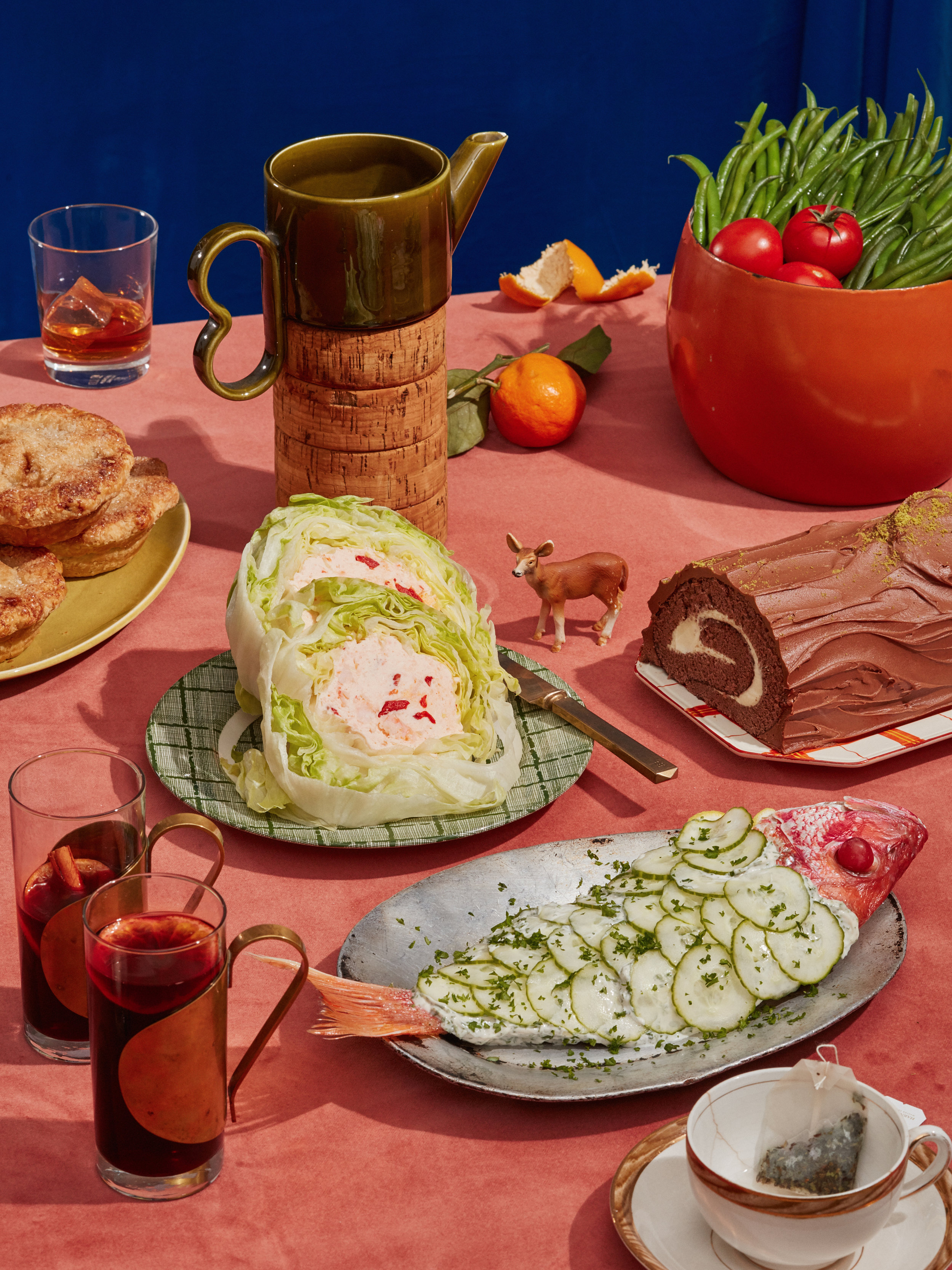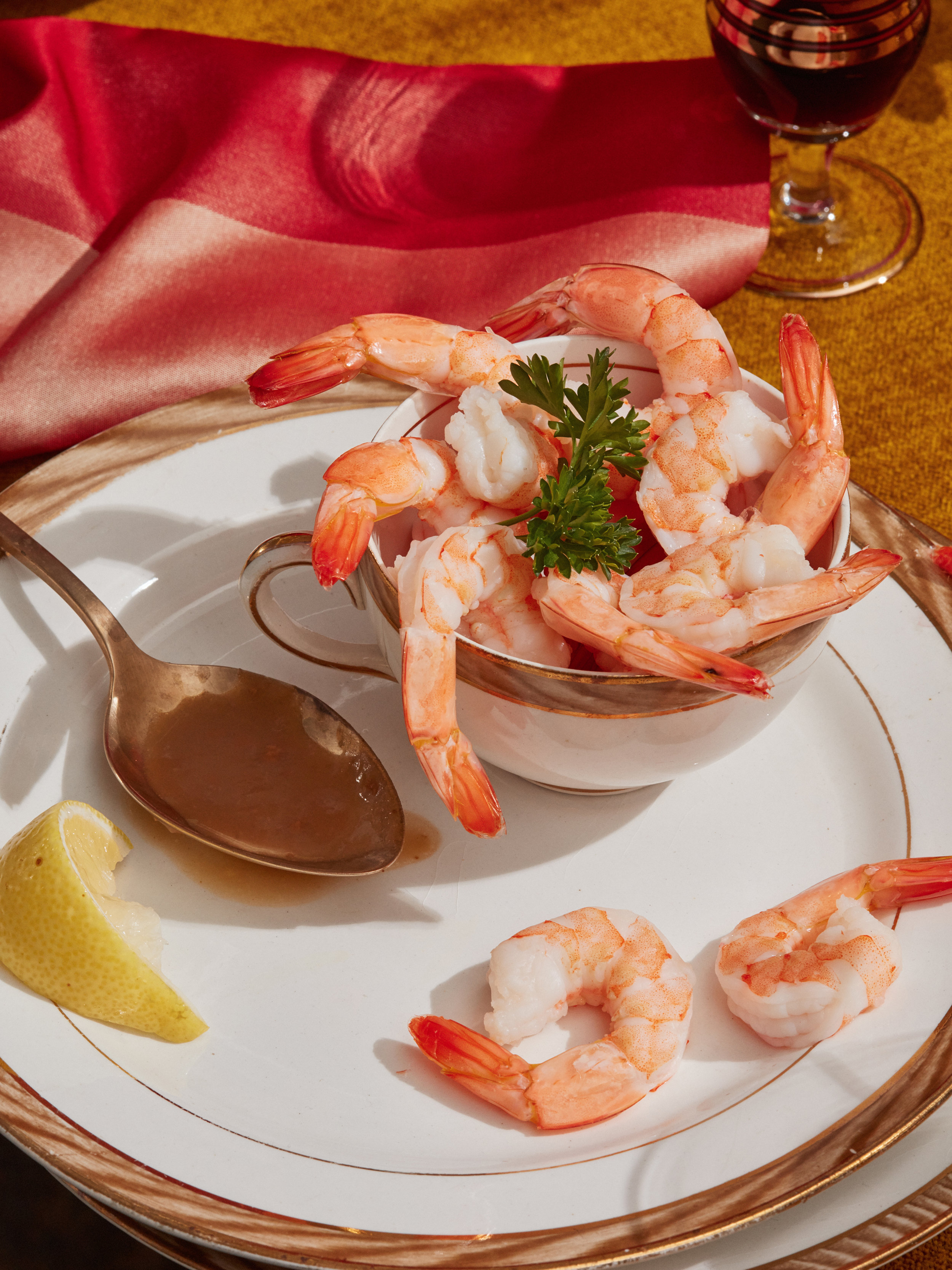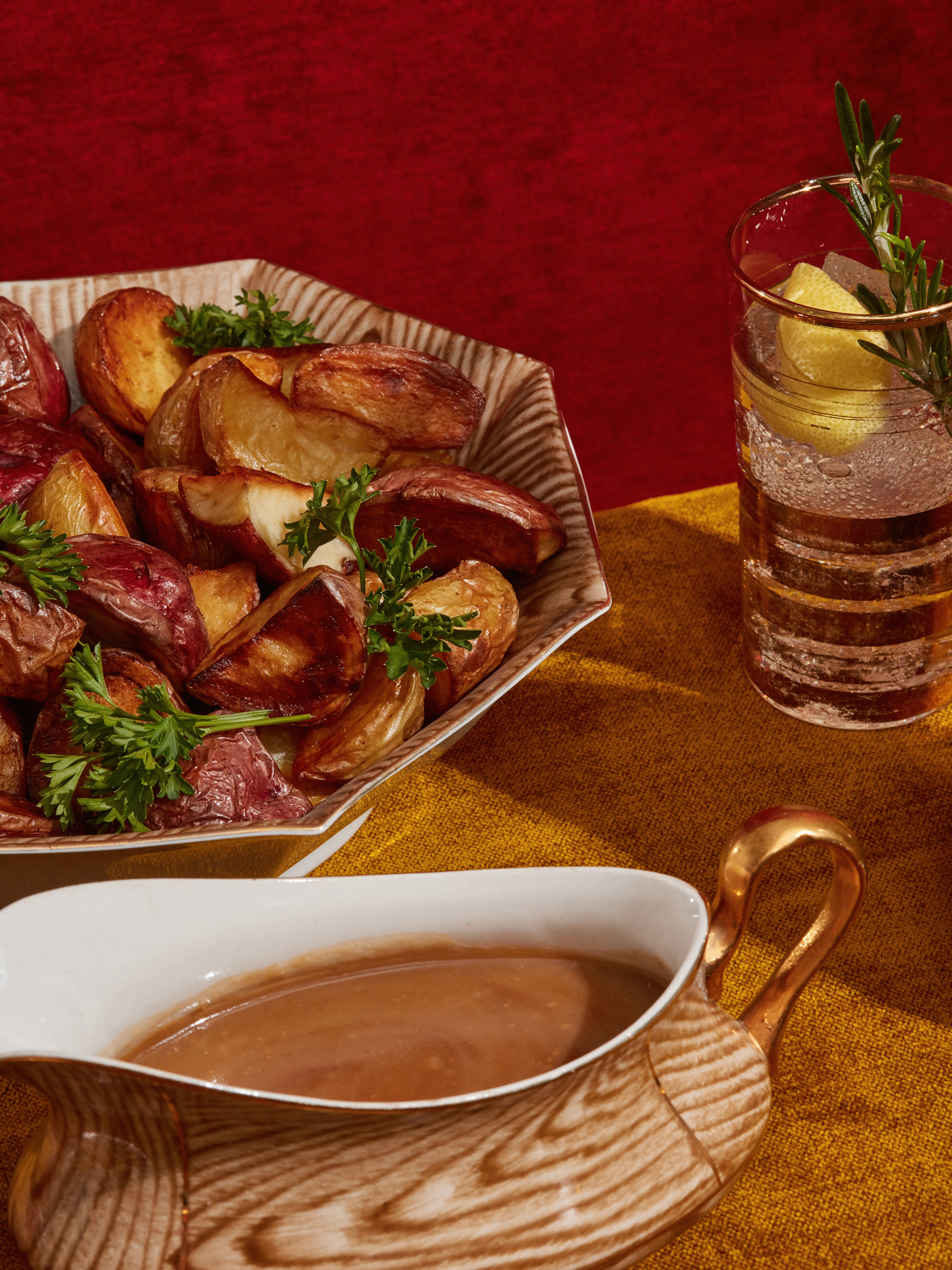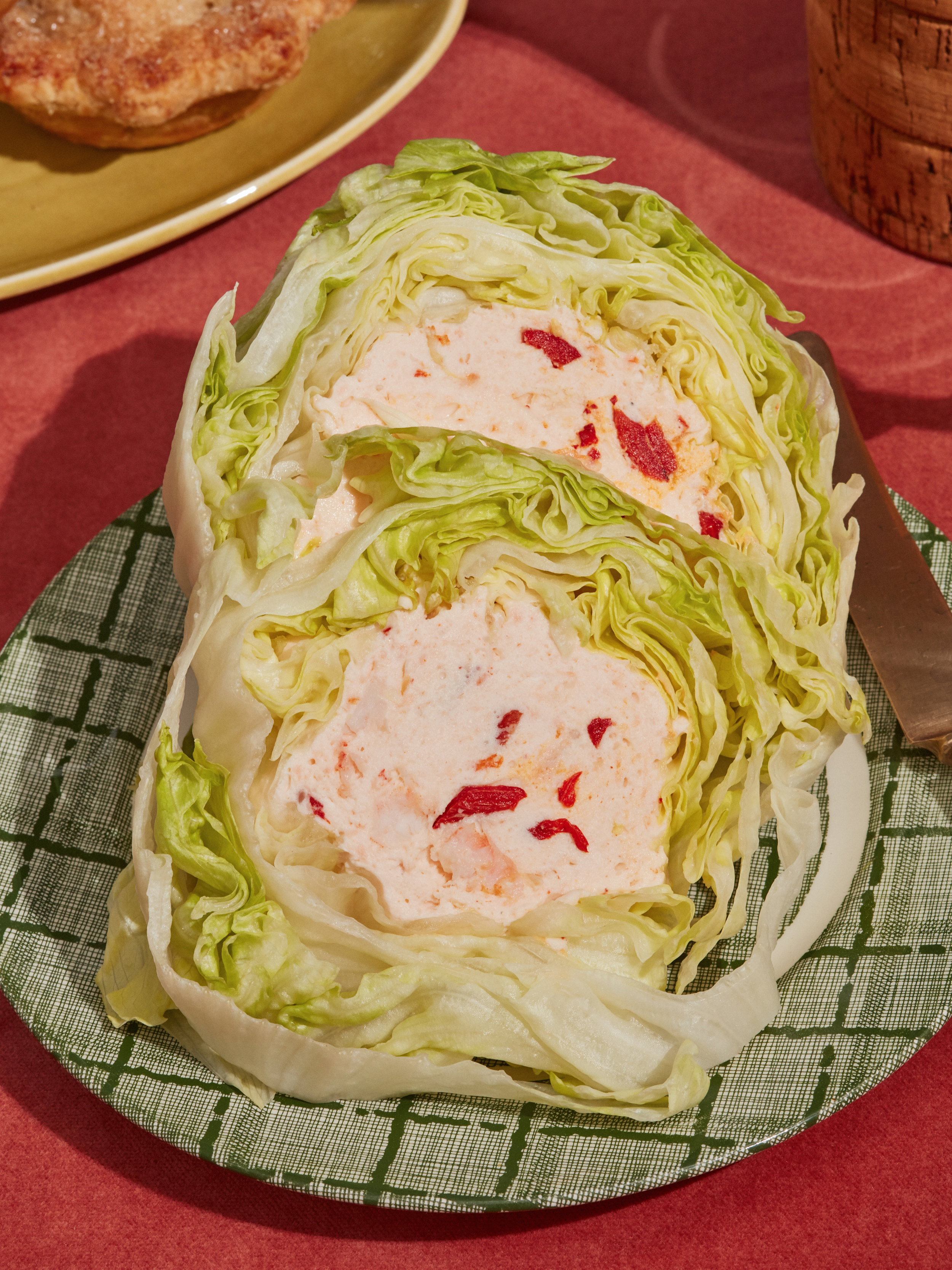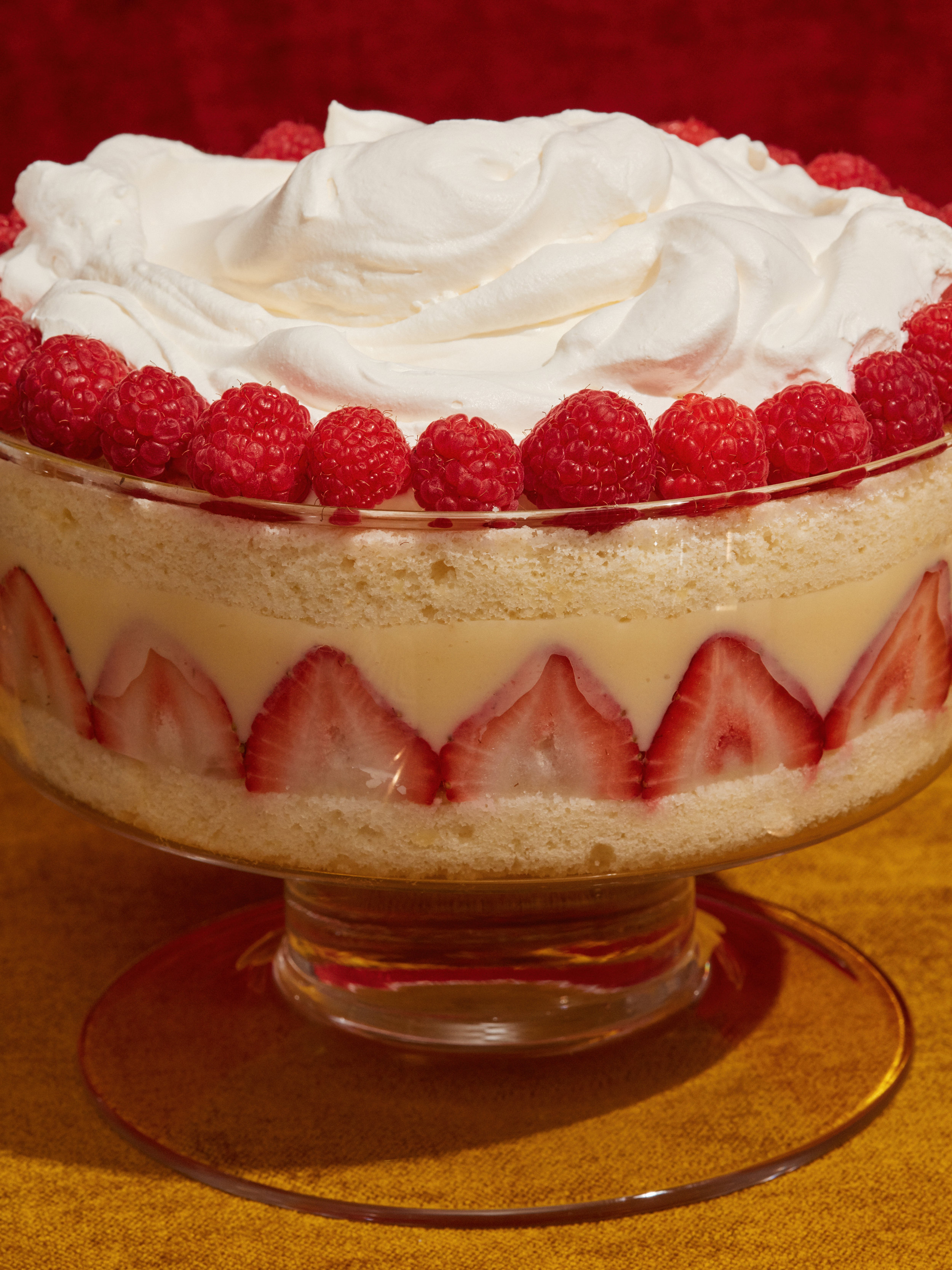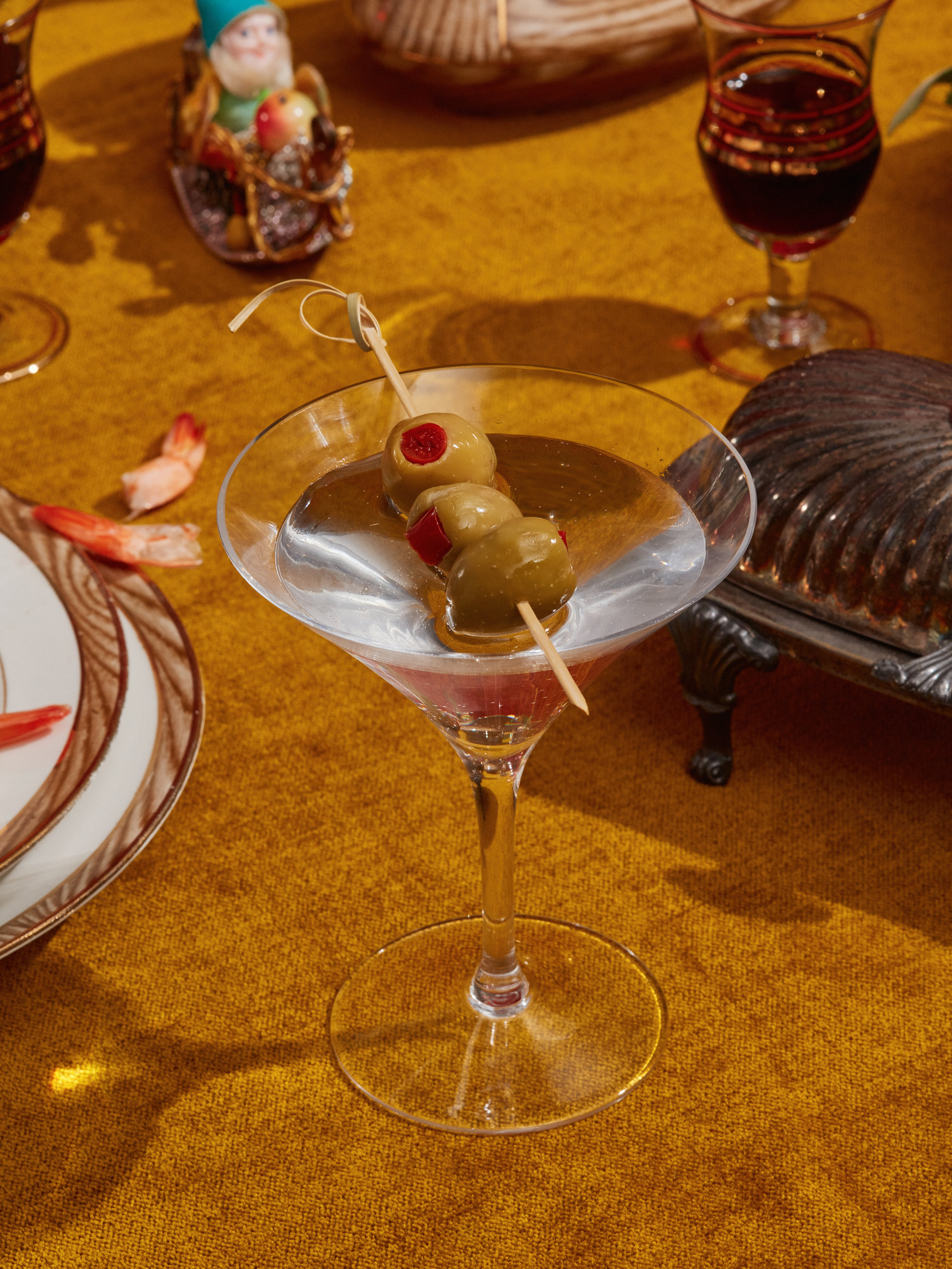A video recipe for hazelnut banana bread
Hazelnut Banana Bread by Jason Schreiber.
HAZELNUT BANANA BREAD
Originally published in FRUIT CAKE: RECIPES FOR THE CURIOUS BAKER
MAKES 8 TO 10 SERVINGS
The bananas and plantains for this recipe need to be soft, dark, and basically mushade, because that’s when they are the sweetest and most full of flavor. The plantains, which are starchier than your typical banana, don’t break down completely, forming little pockets of intense banana flavor scattered throughout the loaf.
The original recipe from FRUIT CAKE uses walnuts instead of hazelnuts. Both versions are delicious.
Pan Goo (below), for greasing the pan
2 (240 grams) large, very ripe, very mushy bananas
2 (450 grams) large, very ripe, very soft sweet plantains
¾ cup (160 grams) granulated sugar
1 ¼ cups (178 grams) all-purpose flour
1 ¼ teaspoons (3.8 grams) coarse salt
1 teaspoon (2.5 grams) ground cinnamon
¾ teaspoon (4.5 grams) baking soda
1 pinch ground mace
4 tablespoons (57 grams) unsalted butter
½ cup (4 ounces, 113 grams) cream cheese
2 teaspoons (10 milliliters) pure vanilla extract
2 large eggs
1 cup (128 grams) toasted hazelnuts (optional)
1. Preheat the oven to 350°F (180°C) with a rack in the center position. Brush a standard 8 ½ x 4 ½-inch loaf pan with Pan Goo.
2. In a large bowl, mash the bananas and plantains together until the bananas have almost totally disintegrated and the plantains have broken into pieces about the size of modest grapes. Add the sugar and continue mashing it all together until the sugar more or less dissolves. Set this mixture aside to macerate for about 15 minutes.
3. In a small bowl, whisk together the flour, salt, cinnamon, baking soda, and mace.
4. In a small saucepan, melt the butter, then remove it from the heat. Using a rubber spatula, stir the cream cheese into the butter until it’s mostly dissolved, then whisk to combine. Whisk in the vanilla and eggs, one at a time, until the mixture has lightened to the consistency of melted ice cream.
5. Stir the wet mixture into the banana mixture with a rubber spatula. Add the dry mixture and gently fold it all together as you might pancake batter, being careful not to overwork it or leave any dry pockets behind. Store in the nuts, if using, and then pour the batter into the prepared pan. It will be almost completely full.
6. Bake the loaf until it’s deep golden brown, springs back to the touch, and a cake tester inserted into the center comes out clean, 80 to 85 minutes.
7. Transfer the pan to a wire rack. Let the loaf rest in the pan for just about 15 minutes, then unmold it onto the rack until—here comes the hard part—it’s completely cool.
STORAGE
You can probably keep the loaf in an airtight container for 4 to 5 days, but good luck with that.
PAN GOO
¼ cup (62 mL) neutral oil, such as safflower
⅓ cup (47 g) all-purpose flour.
In a small container with a lid, whisk the oil and flour together until combined. Brush onto baking pans in place of parchment paper or cooking spray. Keep it in the fridge for a couple of weeks. A month seems like maybe too long
From FRUIT CAKE: Recipes for the Curious Baker (William Morrow, 2020).



